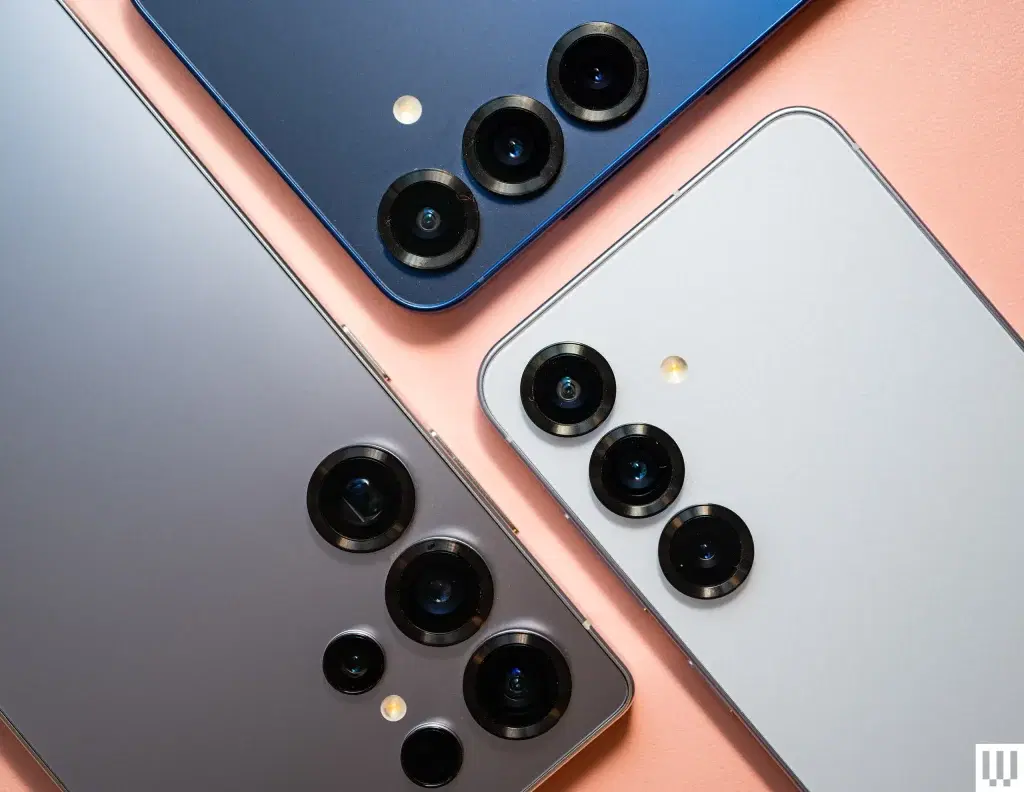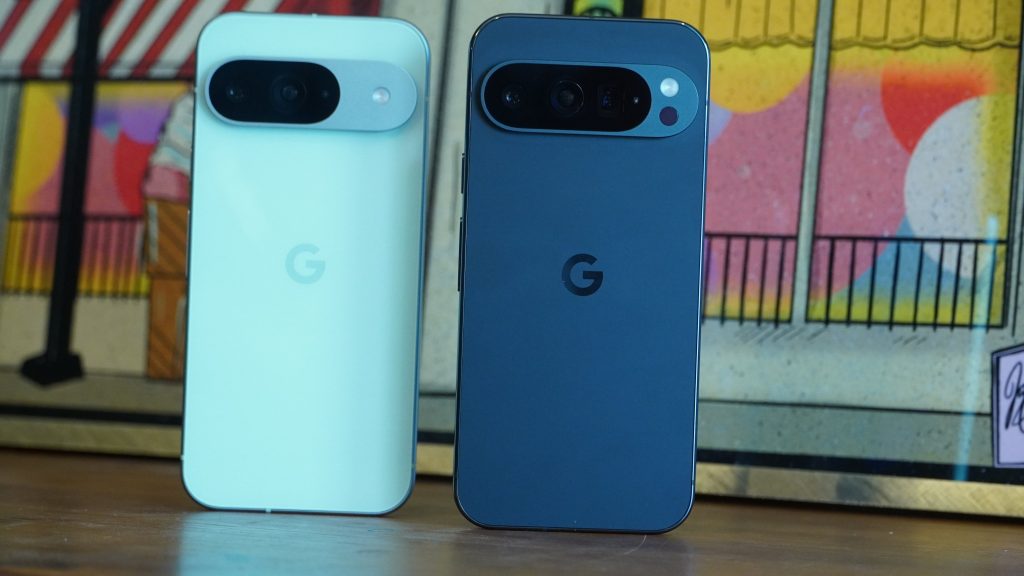7 phones with better cameras than Samsung Galaxy S2

By Patrick Igwe
The Samsung Galaxy S25 is no doubt a powerful flagship with capable cameras, but camera standards are so high in 2025 that a few brands have actually jumped ahead in certain areas like real-life skin tones, night photography and zoom clarity.
Below are seven phones that either match or beat the S25 in those areas, each broken down by their actual camera hardware and the real advantages those cameras offer in everyday use.
Read Also: 4 most expensive Samsung phones
Note: Actual photo quality will always differ depending on things like camera software, image processing and individual taste.
1. Google Pixel 9 Pro
Google’s Pixel 9 Pro remains one of the most photographic phones on the market, not because of flashy design but because of how intelligent its image processing is. It uses a 50MP main sensor, alongside a 48MP ultra-wide and a 48MP telephoto lens with 5x optical zoom. What truly sets it apart is Google’s Real Tone 2.0 technology, which captures skin tones more accurately than any other brand, something Samsung still struggles with. The Night Sight mode handles low-light scenes incredibly well without needing long exposure or a tripod, and Google’s “Magic Editor” lets people remove unwanted objects or fix photo mistakes instantly. In real-world photography, especially human subjects and night settings, the Pixel delivers more natural results than the S25, which often leans too heavily on over-sharpening and high contrast.

2. Huawei Mate XT
Huawei’s Mate XT is globally known among camera enthusiasts even if it’s not widely available in every region. It uses a powerful 50MP main sensor with an RYYB layout and a variable aperture that ranges from f/1.4 to f/4.0, allowing the camera to let in more or less light depending on the scene. That’s paired with a 40MP ultra-wide lens and a 64MP periscope telephoto lens capable of 3.5x optical zoom and up to 100x digital zoom. Low-light photography is where this phone truly shines, thanks to its XMAGE image processing and Leica lens tuning; night photos look bright without losing shadow detail. The Mate XT beats the S25 particularly in zoom clarity and night portrait photography, where Samsung’s digital smoothing still falls short. The adjustable aperture also helps create natural background blur in bright daylight, something the S25 mostly relies on software to achieve.
3. iPhone 16 Pro Max
Apple’s iPhone 16 Pro Max continues to dominate the video space but also adds consistency in photography that often beats Samsung in day-to-day use. It features a 48MP main sensor using a quad-pixel layout, a 12MP ultra-wide lens and a 12MP telephoto lens with a new tetraprism system that offers a 5x optical zoom. Apple’s Smart HDR 6 keeps colours balanced in very bright or mixed lighting conditions, and the phone’s ProRes and Cinematic Video modes give nearly professional-grade footage straight from the device. There’s also a new Spatial Video option that records 3D video content. Colours look softer and more realistic than the S25, and in video stabilisation and skin-tone rendering, the iPhone still holds a clear lead.
4. Oppo Find X8 Pro
Oppo’s Find X8 Pro is often underrated in mainstream conversation, but it packs an incredible 50MP main sensor based on Sony’s LYT-900 flagship sensor, along with a 50MP ultra-wide lens and a 50MP periscope zoom lens offering up to 6x optical zoom. What makes this phone stand out is Oppo’s custom MariSilicon X imaging chip. It processes night photography faster and more accurately than most phones, resulting in clearer low-light images with less grain. Portrait shots come out with smooth, DSLR-like bokeh, and the AI Highlight Video mode helps balance exposures during night video recording. Compared to the Galaxy S25, the Find X8 Pro produces more true-to-life colour tones and richer detail in portrait photography, where Samsung sometimes oversaturates skin and background colours.
5. Xiaomi 15 Ultra
The Xiaomi 15 Ultra is built like a camera-first device. It includes four 50MP sensors: a main sensor, an ultra-wide, a mid-range telephoto (around 3.2x) and a long-range periscope telephoto (5x optical). With these four lenses, the phone delivers crisp zooms at multiple levels without heavy digital sharpening. It also supports 14-bit RAW photography, giving photographers more information for advanced editing beyond what the S25 provides. HyperOIS stabilisation helps when capturing handheld shots and video, especially at night. Compared to the Galaxy S25, Xiaomi’s photos often hold more detail in both bright skies and dark shadows, and its zoom performance is more consistent across multiple ranges, not just at a single telephoto point.

6. Vivo X200 Pro
Vivo has cemented itself in the camera world with its X-series. The X200 Pro uses a 50MP main sensor, a 50MP ultra-wide lens, and a 50MP floating telephoto lens that covers between 2x and 4x zoom. The phone features the company’s Gimbal Stabilization 4.0 system, producing handheld videos that look like they were shot with steady rigs. Night video is cleaner and brighter than what the Galaxy S25 usually delivers, and the partnership with Zeiss offers portrait modes that mimic classic Zeiss lens styles. In day-to-day use, the Vivo X200 Pro captures more expressive portraits, smoother video stabilisation and slightly cleaner low-light results than Samsung’s current algorithms.
7. Sony Xperia 1 VI
The Sony Xperia 1 VI is made for users who treat a phone like a real camera. It features a 48MP main sensor, a 12MP ultra-wide lens, and a 12MP telephoto lens with continuous optical zoom ranging from 3.5x to 7x (meaning you can zoom smoothly without switching lenses or losing optical clarity). The phone offers full manual control via Sony’s Photography Pro mode, allowing adjustments to shutter speed, ISO, white balance and focus like a mirrorless camera. Eye autofocus automatically keeps a subject’s eyes in sharp focus in both photo and video modes. Samsung’s S25 still leans on AI-driven processing and digital corrections. The Xperia offers a more authentic photography experience, producing natural colour science and a pro-level creative workflow.
The post 7 phones with better cameras than Samsung Galaxy S2 appeared first on Vanguard News.

 yarkarkara
yarkarkara 





